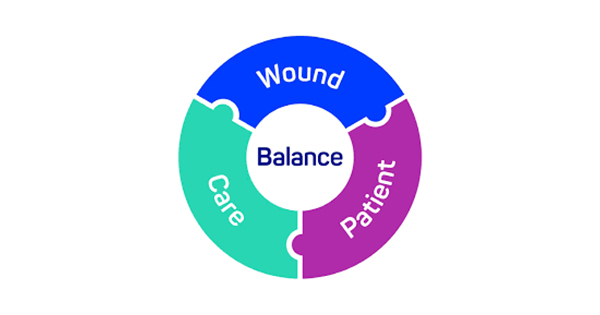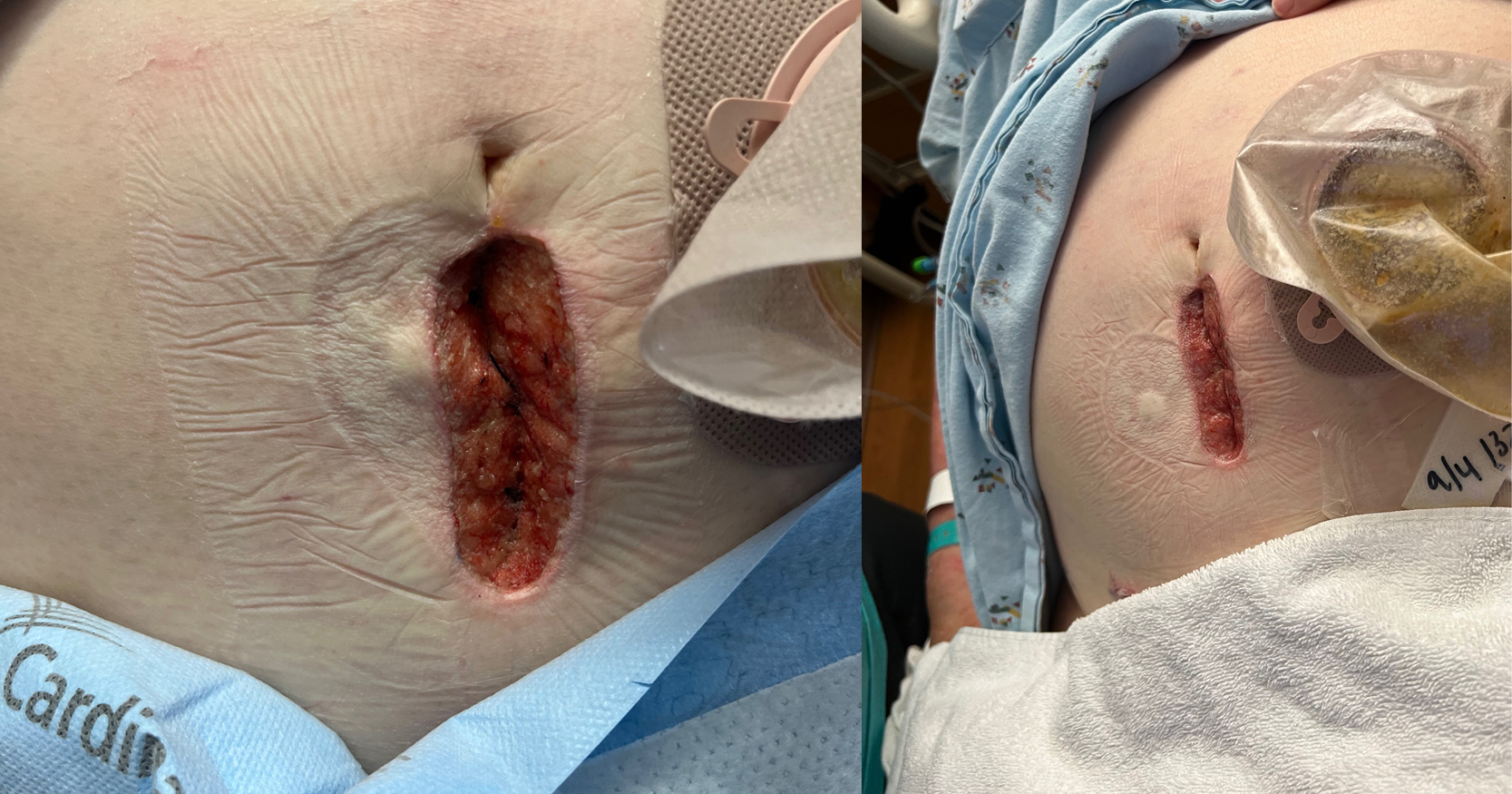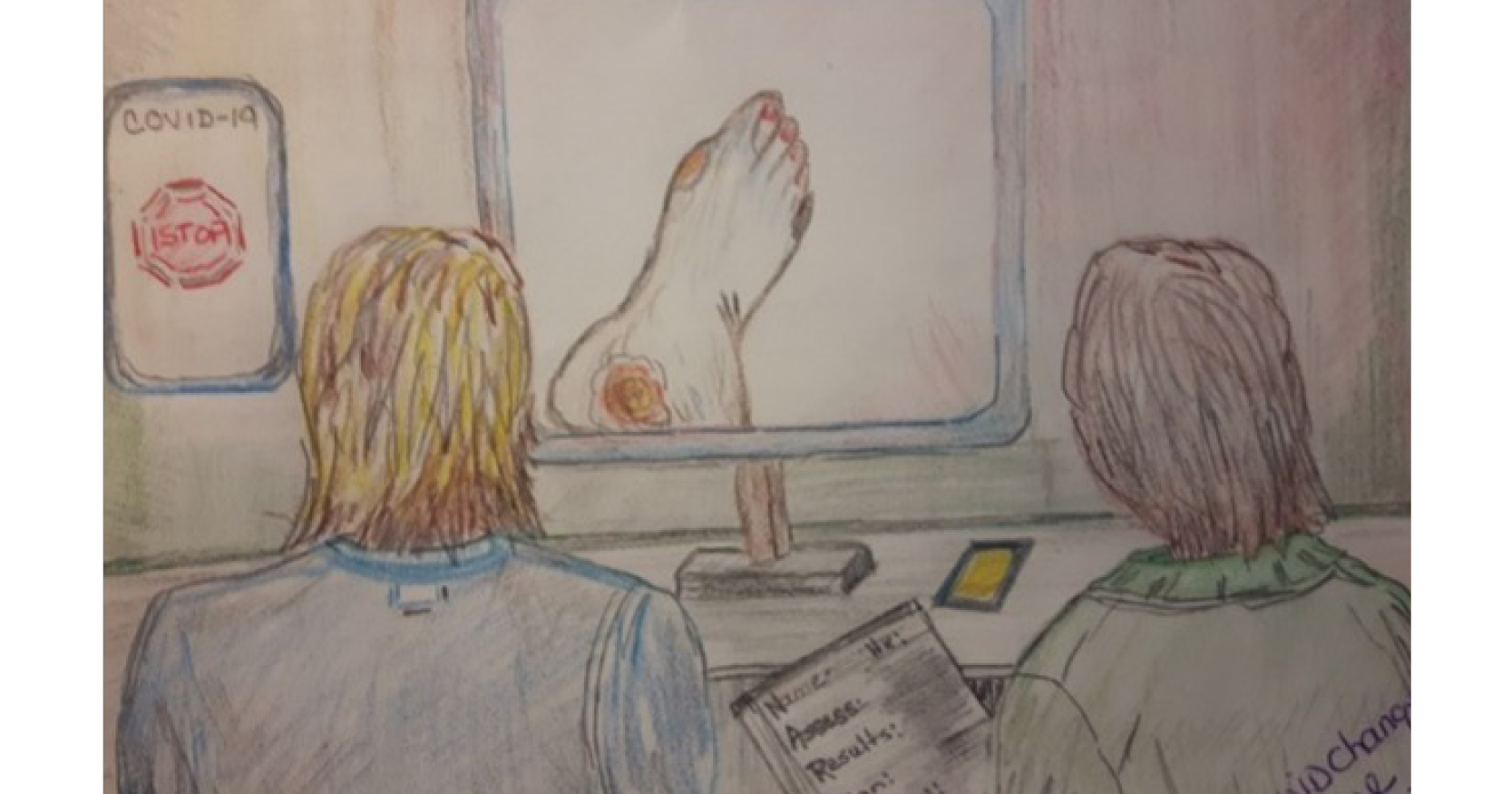<p>We face three major issues in lymphoedema management: reducing the risk of secondary lymphoedema; early detection; and providing solid evidence for the management and treatment of patients. We have seen advancements in our understanding of lymphoedema at the genetic, molecular, cellular and tissue level, helping us to understand that more than just a damaged lymphatic system contributes to lymphoedema. The involvement of other systems means we need to have an integrated approach and use expertise from areas such as dermatology and phlebology. Standardisation is needed if we want to compare techniques and strategies.</p>






